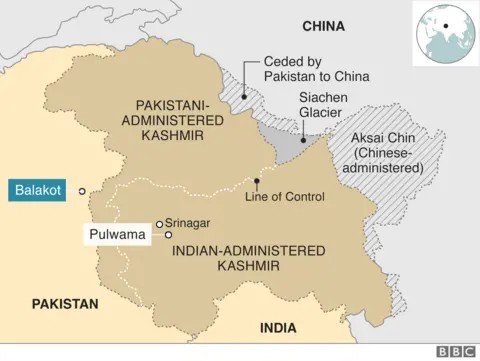India’s Defence Power Surges Post-Balakot Strikes
India’s Defence Power Surges Post-Balakot Strikes
Why in the News ?
India has significantly enhanced its military capabilities since the 2019 Balakot airstrikes. Amid rising tensions with Pakistan after the recent Pahalgam attack, India’s upgraded arsenal includes Rafale jets, S-400 systems, and cutting-edge indigenous technologies.
Post-Balakot: Strengthened Military Arsenal
- India has plugged major capability gaps in the last 5–6 years through imports and indigenous production.
- Key acquisitions include Rafale fighter jets, S-400 missile systems, Barak 8, INS Vikrant, and INS Arighaat.
- New inductions also include Prachand helicopters, C-295 aircraft, advanced artillery, and assault rifles.
- Upgrades are geared to tackle dual threats from Pakistan and China, especially post the Ladakh standoff.
Indigenous Advancements and Strategic Capabilities
- India successfully tested a 30-kilowatt directed energy weapon (DEW), capable of neutralising drones.
- Progress in scramjet engine development marks a step toward future hypersonic missile systems.
- Trials of Agni-5 MIRV missile, K-4 submarine-launched missile, and ballistic missile defence (BMD) underline nuclear triad readiness.
- Long-range precision strikes demonstrated in naval drills bolster India’s sea-based deterrence in the Arabian Sea.
Preparedness and Strategic Messaging
- PM Modi and top officials vowed a crushing response to the Pahalgam terror attack that killed 26 civilians.
- India’s current military posture is significantly stronger than in 2019, offering more offensive options.
- Experts highlight India’s growing edge over adversaries, signalling a strategic shift in deterrence and response





